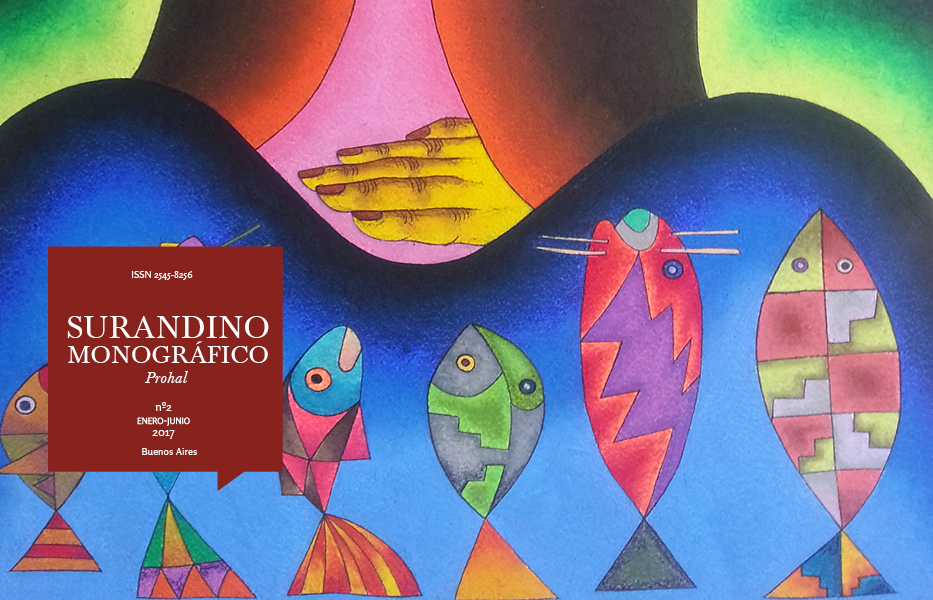Lo boliviano y lo indígena en la construcción arqueológica del post-Tiwanaku altiplánico. Narrativas no inocentes y alternativas futuras
Keywords:
archaeology history, Bolivia, late intermediate period
Abstract
In this paper, we consider genealogies of two very current concepts for nowadays-Bolivian altiplano Late Intermediate period (ca. 1100 – 1450 A.D.) archaeology. Those concepts are the “collapse” that separates that period from the one immediately earlier, Middle Horizon Tiwanaku (ca. 500 – 1100 A.D.), and the idea of a Late intermediate populated by aymara “señoríos” or chiefdoms. Our bibliographic survey detects that both narratives, employed respectively by processual American archaeology and cultural-historical Bolivian archaeology, originate in precedent ideological and political contexts that thrive to consolidate a national State, in detriment of contemporary indigenous people. The text ends with a reflection about the non-innocent character of these archaeological narratives, and with possible future alternatives.
How to Cite
Villanueva Criales, J. (1). Lo boliviano y lo indígena en la construcción arqueológica del post-Tiwanaku altiplánico. Narrativas no inocentes y alternativas futuras. Surandino Monográfico, (2), 1-20. Retrieved from http://revistascientificas.filo.uba.ar/index.php/surandino/article/view/3969
Issue
Section
Artículos





